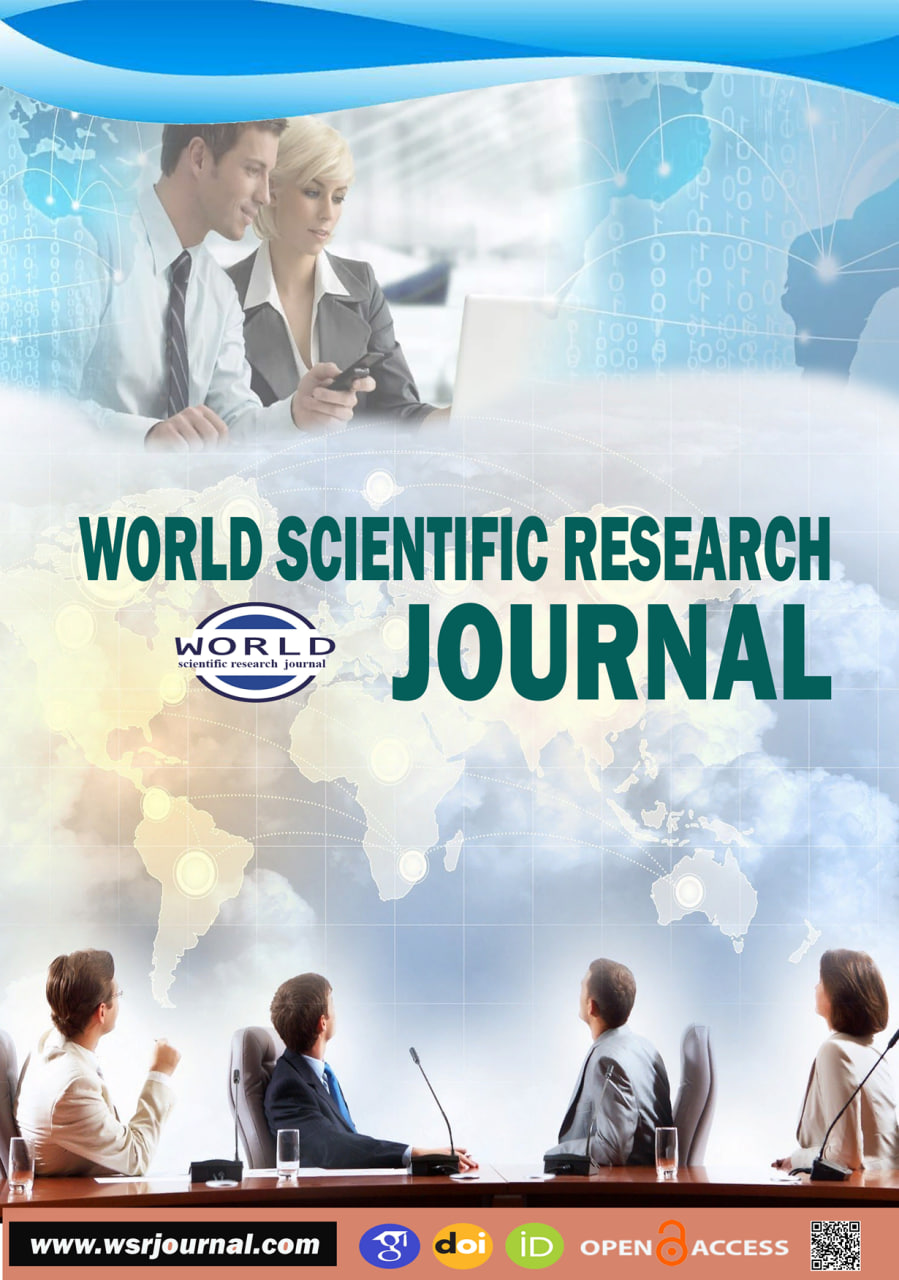ANALYSIS OF RETINAL NERVE FIBER AND GANGLION CELL COMPLEX STATUS IN EARLY OPHTHALMOLOGICAL MANIFESTATIONS OF TYPE 2 DIABETES MELLITUS USING OPTICAL COHERENCE TOMOGRAPHY
Keywords:
Keywords: Artificial intelligence, obstetrics, ultrasound imaging, deep learning, biometric measurements, fetal monitoring, diagnosticsAbstract
Annotation. This article examines the application of artificial intelligence (AI) in the analysis of ultrasound images in obstetrics, modern algorithms, and their significance in clinical practice. AI technologies allow automating fetal biometric measurements, detecting pathologies, and monitoring fetal condition in real time. The article analyzes the advantages, problems, and promising directions of AI-based approaches.
References
1. Litjens G. et al. A Survey on Deep Learning in Medical Image Analysis. Medical Image Analysis, 2017; 42: 60-88.
2. Dong J. et al. Deep Learning for Automatic Fetal Ultrasound Image Segmentation and Biometry Prediction. IEEE Transactions on Medical Imaging, 2020; 39(3): 661-672.
3. Hernandez A., Smith R. Artificial Intelligence Applications in Obstetrics and Gynecology. Journal of Clinical Medicine, 2021; 10(4): 845.
4. Zhao X. et al. Automated Fetal Biometry Using Convolutional Neural Networks in Ultrasound Imaging. Computers in Biology and Medicine, 2022; 140: 105024.
5. Rajpurkar P. et al. Cardiologist-Level Arrhythmia Detection with Convolutional Neural Networks. Nature Medicine, 2019; 25(1): 65-69.
6. Selvaraju R. et al. Grad-CAM: Visual Explanations from Deep Networks via Gradient-Based Localization. International Journal of Computer Vision, 2020; 128(2): 336-359.
7. Esteva A. et al. Dermatologist-level Classification of Skin Cancer with Deep Neural Networks. Nature, 2017; 542(7639): 115-118.
8. Wang L. et al. Fetal Ultrasound Image Classification with Deep Neural Networks. Journal of Digital Imaging, 2021; 34(2): 370-378.
9. Chen M. et al. Deep Learning for Preterm Birth Prediction Using Ultrasound Images. IEEE Access, 2023; 11: 45012-45021.
10. Johnson A. et al. Artificial Intelligence in Fetal Monitoring: Current Status and Future Perspectives. Prenatal Diagnosis, 2022; 42(1): 12-23.
11. Khosravi P. et al. Machine Learning Approaches for Obstetric Ultrasound Image Analysis. Computer Methods and Programs in Biomedicine, 2023; 224: 107074.
12. Müller A. et al. Integration of AI in Clinical Obstetrics Practice: Challenges and Opportunities. Frontiers in Medicine, 2024; 11: 765432.
13. Luo Y. et al. Automated Identification of Fetal Anomalies in Ultrasound Images Using Deep Learning. Medical Image Analysis, 2024; 85: 102420.
14. World Health Organization. Guidelines on Digital Health Interventions for Maternal and Child Health. WHO Publications, 2023.
15. Patel R., Kumar V. Challenges and Future Directions in AI Implementation in Obstetrics. Artificial Intelligence in Medicine, 2024; 130: 102284.

